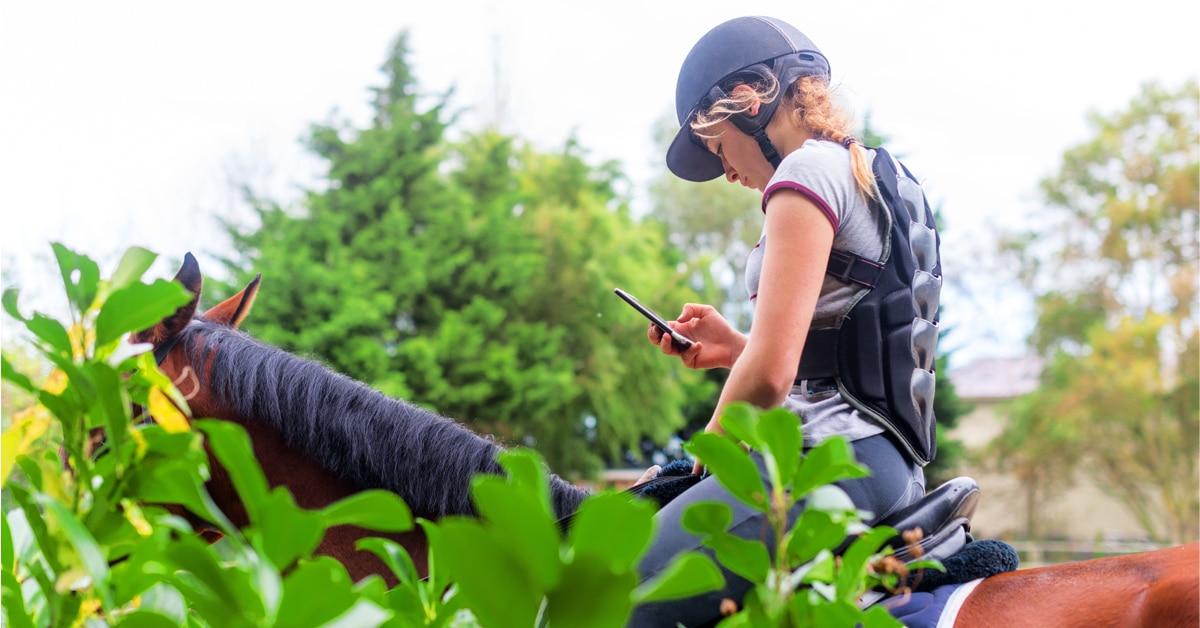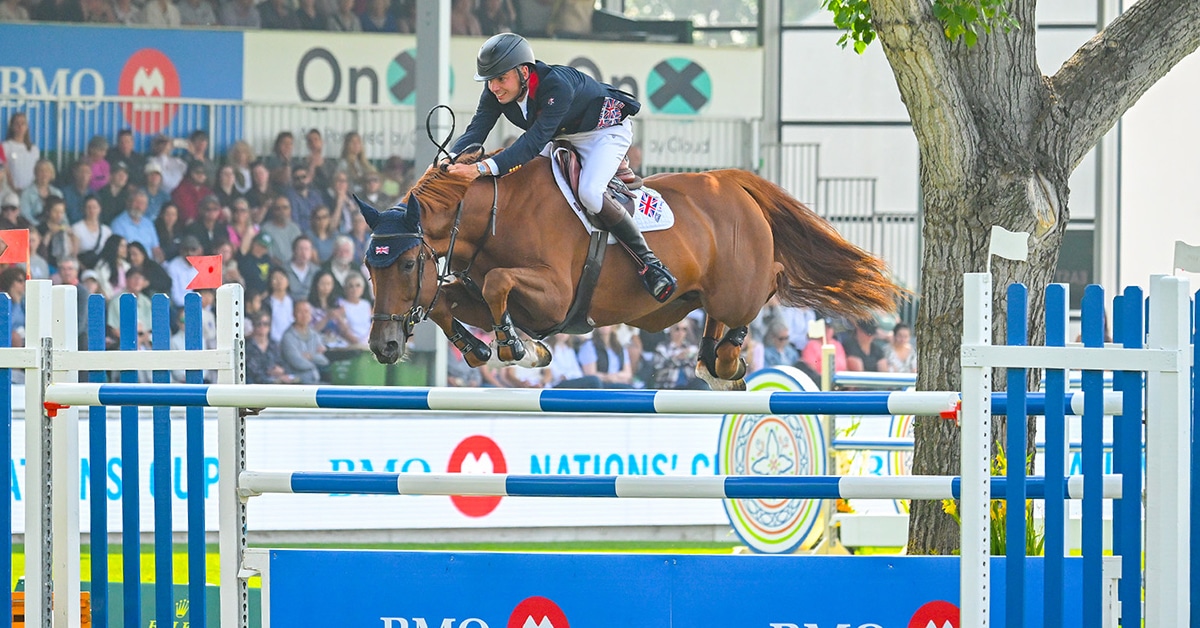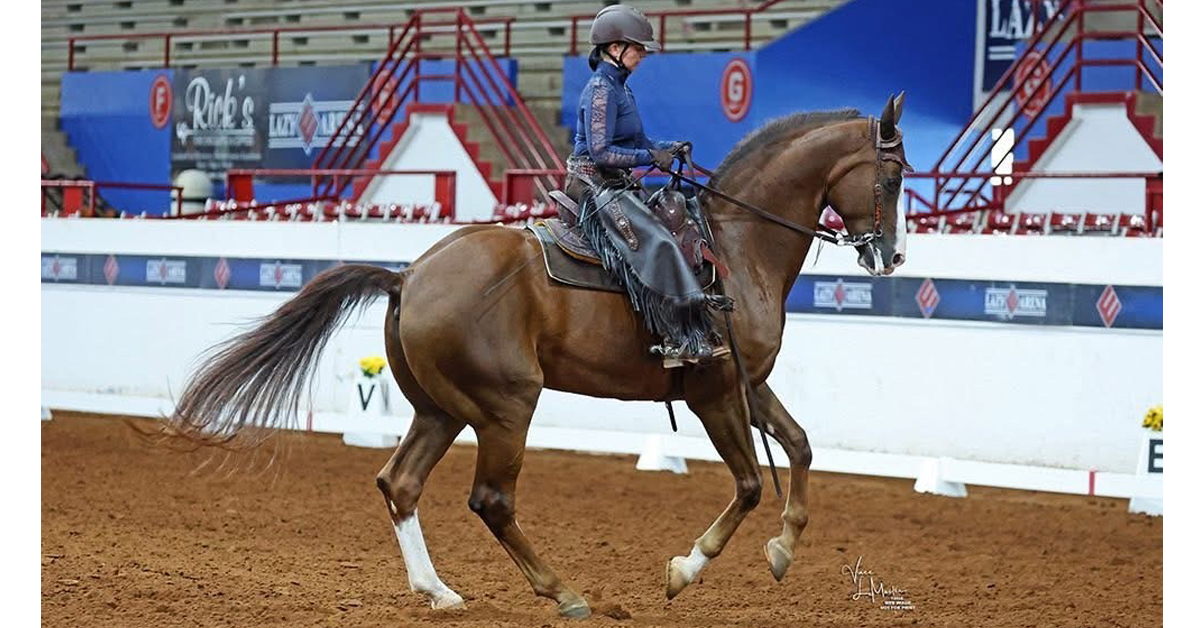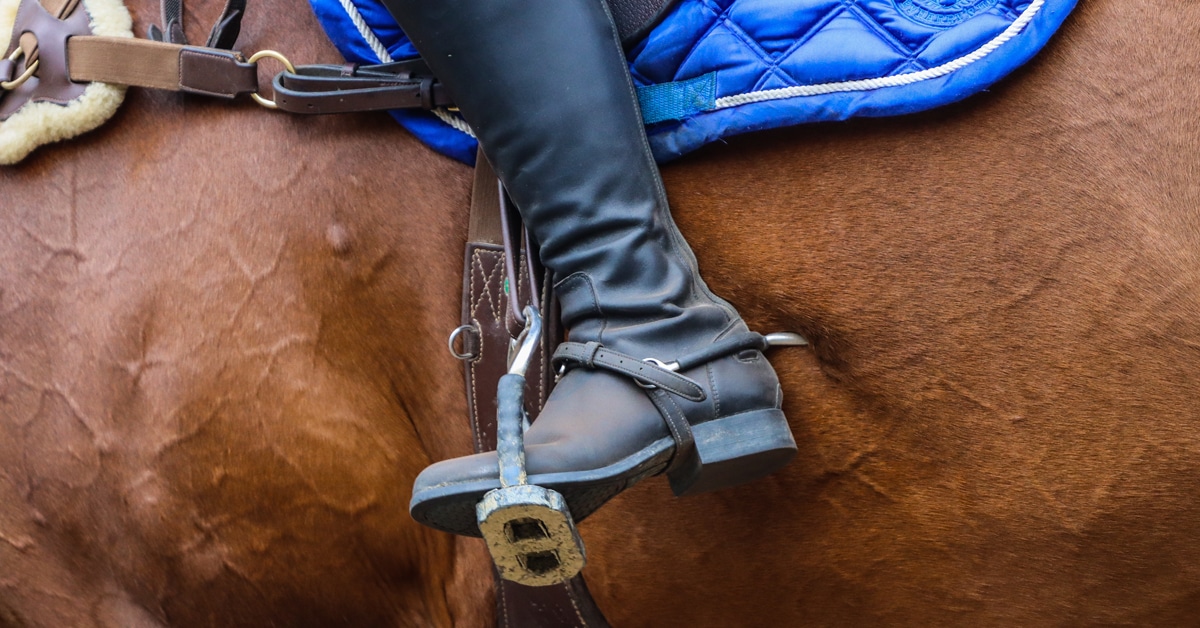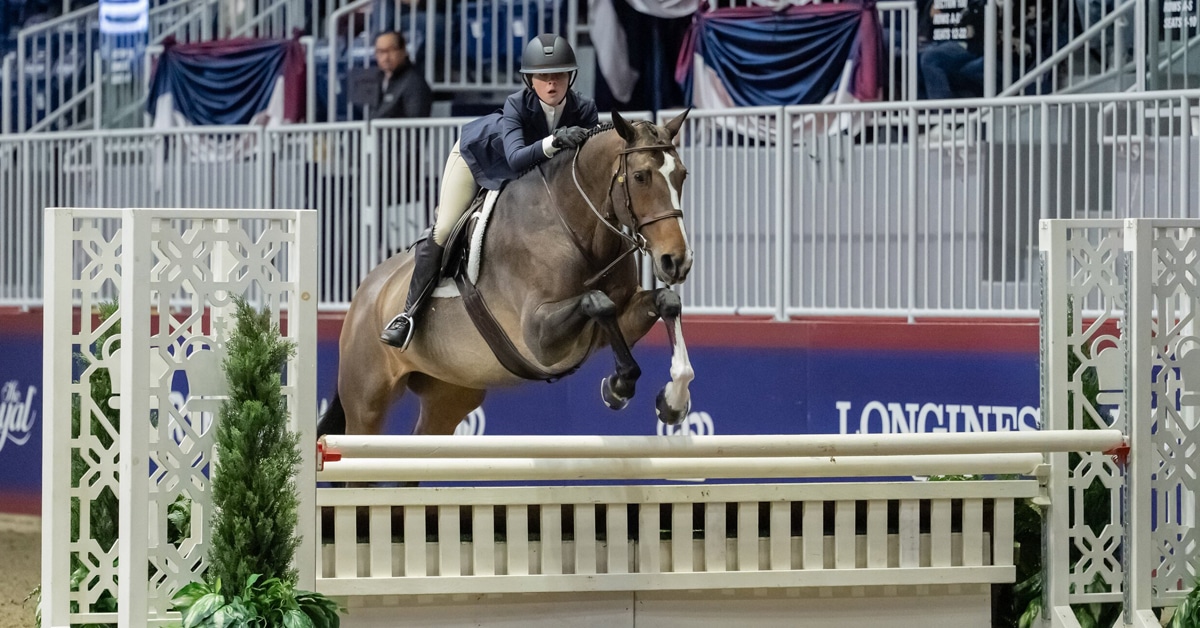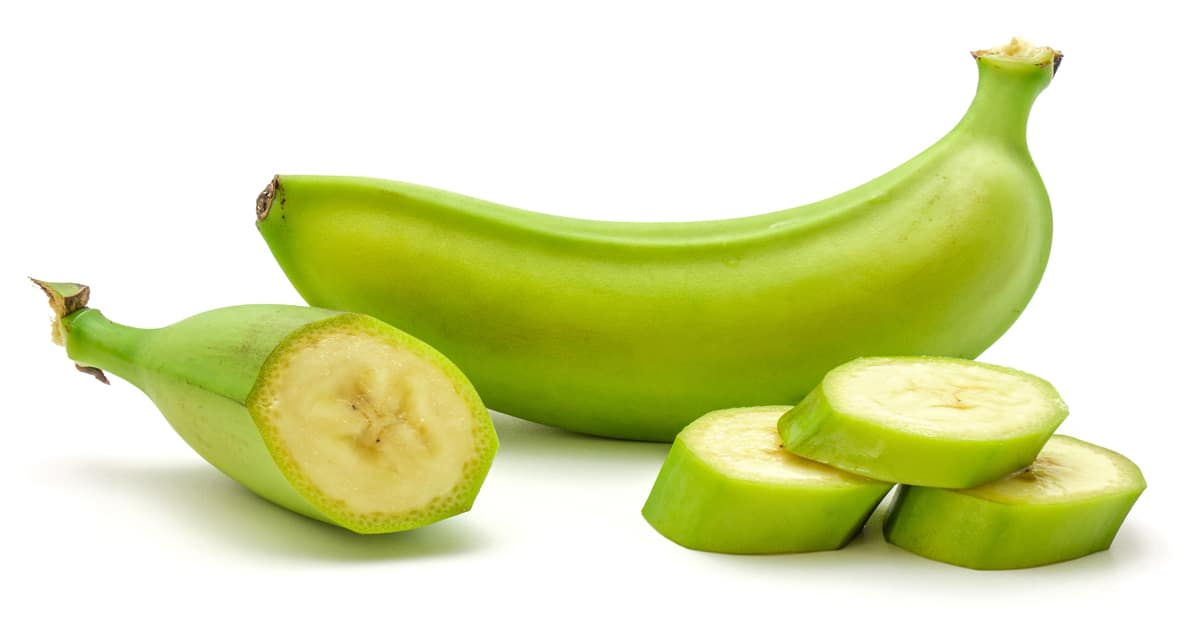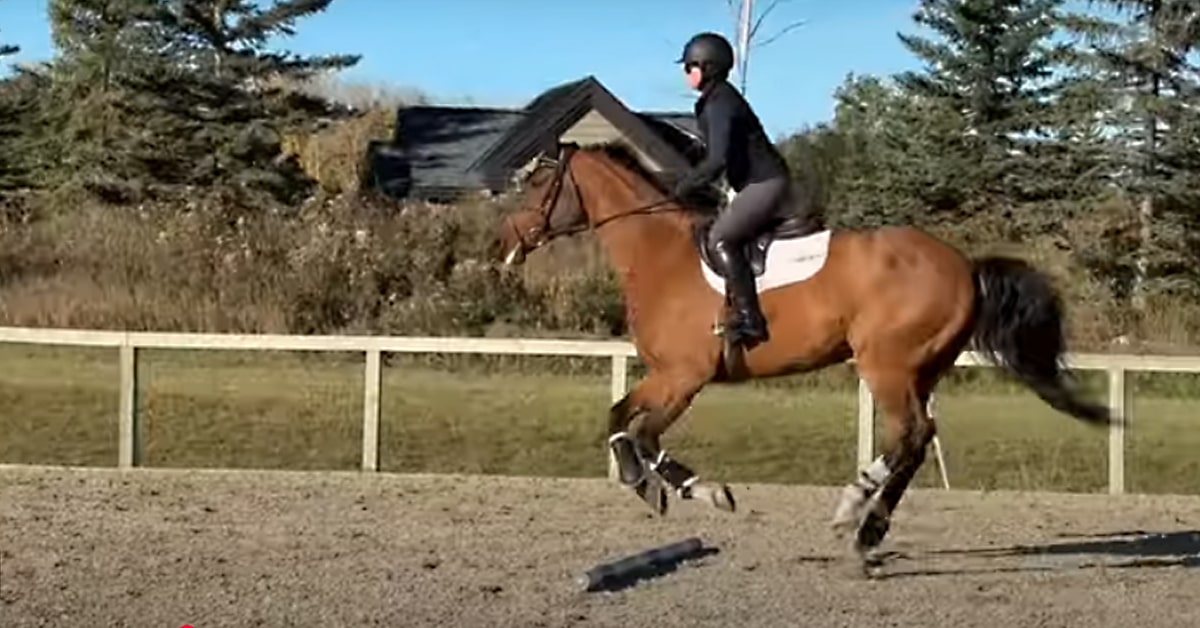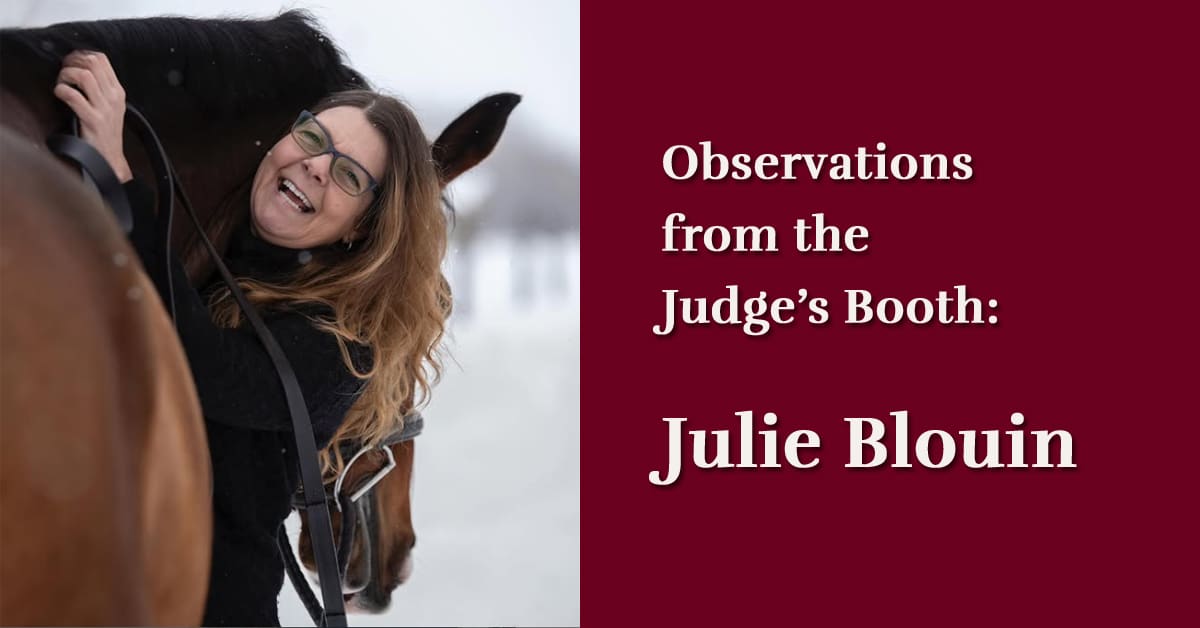Julie Blouin of Quebec brings extensive experience in the equestrian industry. In addition to holding recorded status as a hunter and jumper judge, she serves as a resource person for the National Coaching Certification Program (NCCP) with the Coaching Association of Canada and has been an NCCP competition coach with Equestrian Canada for many years. Since 2008, she has been an Equine Studies instructor at the Institut de technologies agroalimentaires du Québec. She is currently in the process of working toward the new Senior status as a hunter judge.
HorseSport.com asked her about what she likes to see during hunter and equitation rounds.
What do you look for when a horse first enters the ring?
For a hunter class, I look first at the overall quality of the horse. I want to see a supple body, with good muscling, particularly over the hindquarters and along the topline. The horse should be nicely groomed and presented, and I also pay close attention to the way it moves. For an equitation or medal class, my focus shifts more to the rider. I look for a well-turned-out rider who appears confident and is able to establish the correct rhythm early in the round.
What are the most common errors you see in the hunter ring?
A very common mistake is failing to establish the right rhythm early in the course, which sets the tone for the entire round. Another frequent issue is hesitation, or not fully committing to decisions, on the approach to the fences.
When you score a class out of 100, how much do certain errors cost you?
Scores are adjusted according to the level of the class. I tend to be more patient with developing levels, such as beginners or young horses, than with experienced horses. A stop generally costs between 35 per cent and 40 per cent, while a rail is around 45. A stride or more of trotting is usually scored around 55. If the rider does something dangerous or loses control, the score would be around 50. Adding a stride typically falls between 60 and 65. Missing a lead change or switching leads in front of a jump is usually between 65 and 69. Sometimes a horse may make a small error, but I won’t score too harshly if it’s a high-quality horse. On average, a horse performing as expected for the level would score around 75. Horses are then scored higher or lower depending on how they perform compared to this average. To earn an 80, the horse must be of good quality, or the round must be very well ridden.
How do you break a tie?
I break a tie by considering the overall quality and presentation of both horse and rider. If two horses have made no errors, or have made similar mistakes, the higher-quality horse wins in a hunter class. In an equitation class, the rider who is the most balanced and fluid, and who best complements the horse, is placed ahead.
What constitutes a good ride in a hunter under saddle class?
In a hunter under saddle class, the horse should respond lightly and without resistance to the rider’s aids. I like to see the horse moving forward, ahead of the leg, but in a relaxed and comfortable frame, which can be observed through a supple back and light contact. The horse should appear happy and willing to do the work. Ideally, the horse’s eye should be level with the withers. I do not want to see ears pinned back or tail swishing — poor manners, even in an otherwise excellent horse, will result in a lower placing. The rider should use hands, legs, and seat with discretion, creating the impression that the horse could be comfortably ridden by someone inexperienced, like my mother.
Ultimately, I look for the rider I would trust to ride my own horse.
What is your advice for equitation and medal trips?
Equitation and medal classes are all about rhythm and control. These classes prepare riders for the next step, such as moving into jumpers, so I look for solid, balanced riding that follows the horse’s movement. I want to see good position and soft, effective hands. I do not want the horse to be penalized by the rider’s hands; pulling on the reins often reflects a lack of confidence. The horse’s mouth and back must be protected at all times.
Riders should use their eyes when landing from a jump and look ahead to the next obstacle. If a rider is skilled at tricky turns, they should attempt them, but missing a jump, a flying change, or chipping will be penalized. These turns should be well-practiced at home, and a trainer should understand both horse and rider abilities to help develop the best plan. Ultimately, I look for the rider I would trust to ride my own horse.
What do you wish trainers paid more attention to when setting up a horse/rider combination for the show ring?
Making sure a horse and rider team is truly ready for the division they are entering. Placing a horse in a division where it will be showcased well and where the team can learn to do things correctly is always the best plan. The performance should be achievable and polished — under the stress of a show, some riders or horses may lose skills that are easy at home. Trainers should take the time to ensure their team is prepared so that the experience in the show ring is constructive and positive. I understand the pressure from riders or parents wanting to move up, but the horse and rider must be fully ready for that step. Often, less is more.
Do all judges judge the same?
Hunter and equitation classes are fundamentally judged subjectively. I believe most judges rely on the baseline scoring criteria I mentioned earlier, but when performances are equal, each judge has their own preferences for breaking a tie. For this reason, I think it’s valuable for a competitor to be seen by different judges throughout the season.
The Latest
